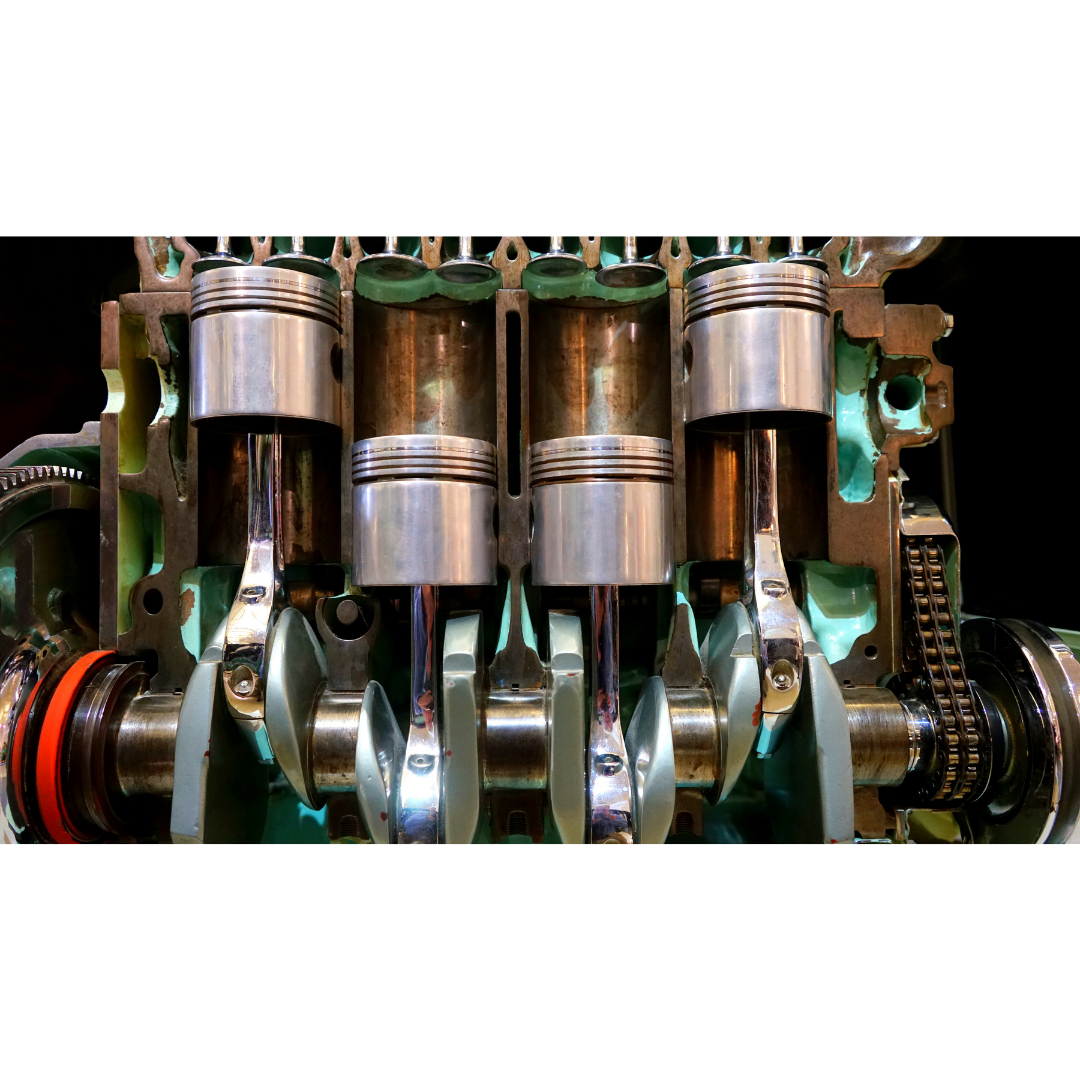 Performing basic maintenance on your grass trimmer is an activity that should ideally be performed annually. So, what is required? Step 1: Lay your trimmer in front of you with the metal shaft pointing to the left and the engine on the right hand side. Step 2: Change the spark plug. The spark plug suited to this equipment is the NGK brand BPMR7A. You remove the spark plug by lifting the rubber cover and loosening the plug by turning it with a “Scrench” (Combination Wrench) in an anti-clockwise direction. Once the plug is loosened, continue twisting it by hand until it comes out. Then put a new plug in, tightening it by hand, at first, and then doing the final tighten using your scrench. Finally, replace the rubber cover making sure it is firmly placed back over the top of the new spark plug. Step 3: Open your fuel tank and empty any fuel. Using a hooking tool, hook the fuel line and drag it gently upwards until the fuel filter is hooked and exposed, ready to grab, at the opening of the fuel tank. Remove the old fuel filter by holding the fuel line in one hand and the fuel filter in the other and gently pulling them apart. Replace with a new fuel filter by gently wriggling the tip into the exposed fuel line end. Once attached, push the fuel line and new filter back into the tank and close the lid. Step 4: Remove the air filter cover by pushing down on the air filter cover tab and pull out the old air filter. Put a new air filter in. Close the lid. Congratulations, you have now completed a service on your FS38, 45 or 55. You can purchase all the parts and tools required at Stihl Shop Penrith.
0 Comments
Working in a mower shop for the last several years I’ve discovered the most common, albeit ill conceived, question is: “how many CCs is it?”
The question is being asked as the enquirer really wants to know, “how powerful is this machine?” and many, including myself at one time, were led to believe the number one metric of power is CCs. It wasn’t until I started realising that products with a lower CC measurement were being sold for more and marked as “more powerful” than items with a higher CC measurement that I started to question this metric. How could this be? It was then I began to develop a cursory understanding of what the measurement of power really was… you see, you wouldn’t measure the drive from Sydney to Brisbane in litres and, in the same sense, in order to understand the power of a machine you need to understand not only CCs but also horsepower or kilowatts. So, what is the difference? I don’t intend to give an over the top detailed explanation here as the normal everyday Joe will get by with the basics. CC stands for Cubic Centimetre (or sometimes Cubic Capacity) and in the simplest terms refers to the size of the engine. More specifically the working volume of the cylinder/s. In the past the simplest way to increase the power output of the engine was to increase its size (and in turn working volume), but now bigger doesn’t always mean better but conversely can also mean heavier and bulkier. The real skill now is creating an engine that has an excellent power to weight ratio. Horsepower (or more commonly in Australia Kilowatts) refers to the maximum power output that can be generated by the given engine. Displacement (or CCs) is a measurement of the total volume of the chambers calculated using factors such as the diameter of the cylinders, the distance the piston travels per stroke and the number of cylinders. Horsepower is found by multiplying torque by engine speed and dividing it by radians per second. 1 Horsepower is equal to 0.75 kW approximately. So, to wrap up this short article, when determining or comparing the power of a machine you want to look at horsepower/kilowatts rather than CCs. Sources: Angelovska, E. (2019). Difference Between Horsepower and CC. http://www.differencebetween.net/science/difference-between-horsepower-and-cc/#:~:text=The%20horsepower%20presents%20the%20engine,(with%20volume%20in%20cc) |


 RSS Feed
RSS Feed